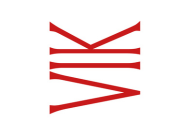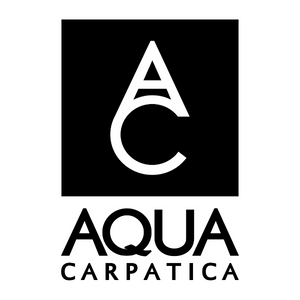Now he has a glass-lined tank for ageing wine and more are due to arrive in 2025, giving him eight in total. After making the wines in qvevri, they are currently aged for six years in large oak barrels. Now some of the wines will only be aged for three or four years in oak and a couple of years in the custom-made glass-lined tanks.
Joško, considered by many to be the father of orange wine, has teamed up with two Italian companies for these special tanks: EnoKube and Pfaudler.

The collaboration with EnoKube started from an idea Joško had and was realised by Enrico Cusinato alongside master glazier Vittorio Benvenuto. The idea was tested with a 10-hectolitre glass tank introduced in the winery in Oslavia, a small village in Italy’s Collio region, last spring. It gave Joško and his grandson, Gregor Pietro, the chance to analyse the use of glass for its qualities of inertia, resistance and ease of cleaning. Pleased with the results of using glass for ageing small batches, Joško wanted to find a similar way to age larger volumes.
However, the challenge of handling larger volumes revealed the limitations of glass. It was then that, on a local engineer’s suggestion, the Gravner family met Pfaudler Italia, a company specialising in the construction of glass-lined equipment for the chemical and pharmaceutical industry and part of the GMM Pfaudler Group. Together, they developed the glass-lined tanks with a maximum capacity of 70 hectolitres – combining the robustness of steel and the chemical resistance of glass.
The construction
After construction, the steel tanks undergo the manual process of internal glass lining which involves a base layer and building up the coating by a heat treatment of about 900°C – which fuses the steel and glass permanently, “making it a real composite material” according to a statement from Gravner.The glass coating ensures a smooth, porosity-free surface, highly hygienic and does not release unwanted substances, making it ideal for wine storage and ageing.
“The constant research for innovation is never an end in itself, but it comes from the desire to improve every aspect of the production process, remaining faithful to our roots,” Joško’s daughter, Mateja Gravner, says. “In EnoKube we have found a perfect solution for small productions of high quality, where every detail makes the difference. Pfaudler, on the other hand, allowed us to face the challenge of refining normal production volumes without compromising the quality of the wine. Both solutions are fundamental for us, because they represent two sides of the same coin: the search for perfection in wine, regardless of quantity. Each vat has a specific and valuable role in our process, and together they allow us to continue doing what we love.”
Mauro Bona, regional sales manager of Pfaudler Italy LLC, adds: “The collaboration between the GMM Pfaudler Group and Gravner represents a significant step for both companies, leaders in their respective sectors. It is an encounter between industrial research and nature that opens up to new opportunities, markets and solutions for both brands. This way, Gravner is able to integrate cutting-edge technologies into its historic wine production, while GMM Pfaudler has the opportunity to demonstrate the adaptability of its technologies in a growing sector and to contribute to the evolution of an established leader like Gravner.”
The tank design is available to other wine producers.
The background

When I met Joško (above) earlier this, he recalled his father saying there were only two materials to put wine in – oak and glass. Then Joško discovered clay and popularised the use of qvevri among natural and amber winemakers, believing there was synergy in vinifying the fruit from a plant in clay vessels “cradled by the land”. But for the last 20 years, the 72-year-old winemaker has been thinking about ageing his wines partially in glass.
The current protocol, according to Mateja, is six months in a qvevri on skins, an additional six months in a qvevri without skins, six years in large oak barrels and six months in bottles.
In reality, it’s more like four or five months on skins. But it’s always one year in qvevri, racking the wine to wood before the next harvest.
With the new glass vessels, they plan to reduce the time in oak from six to three or four years and age in glass for two to three years.
For details of Gravner’s winemaking protocol, click here.

 English
English French
French



.png)


.png)





